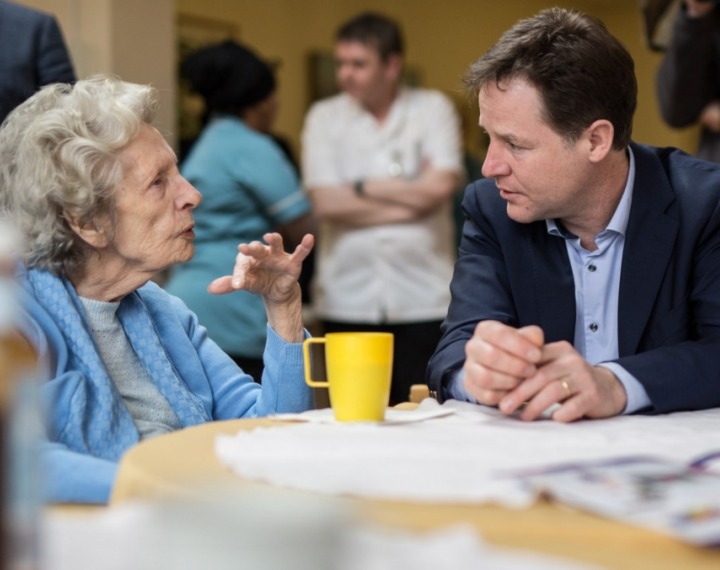Visiting A Care Home: From A Relative's Perspective
 Did you know that in the UK, the majority of long-term care for seniors is provided by care homes? According to the Laing and Buisson survey taken in 2016, there are around 416,000 people living in care homes in the UK - that equates to around 20 percent of the senior population.
Did you know that in the UK, the majority of long-term care for seniors is provided by care homes? According to the Laing and Buisson survey taken in 2016, there are around 416,000 people living in care homes in the UK - that equates to around 20 percent of the senior population.
On top of this number, there are also many seniors who spend time each month having respite care in a care home or senior living facility, while their relatives are taking a much-needed break from caring for them.
My grandmother - a truly fantastic woman born in the mid-forties in the middle of World War Two - developed dementia at just 60-years-old. At first, my grandfather tried to cope alone, caring for her and keeping her safe, then my mother stepped into help. It got to the point where my grandmother needed round the clock care, and it was all getting too much. My grandfather was completely stressed out, while my mother was struggling to juggle working and caring for her mother. That’s when someone suggested that we look into respite care for her in a nursing home.
After some thought, my grandfather and mother agreed that some respite care could be a good idea, and so, my grandmother was found a care facility that could take her in for a couple of weeks every six weeks or so.
That first time we visited her in the care home that she was in, we didn’t know what to expect. Sure, we’d visited it beforehand and had a good look around, but that didn’t mean that we knew what staying there would be like for her. Would she be happy? Would she be well dressed? Would she be angry at us for leaving her there? We had so many questions and concerns.
Visiting a care home to see a loved one, whether they’re having respite care of full-time care is somewhat daunting. As the first time that you go to visit, you just don’t know what to expect.
Thinking back, we wanted to know that our loved one was being well taken care of, was happy, and comfortable. We wanted to see that the people looking after her were nice - people with dementia often have a damaged short term memory meaning that they can’t recall things that have happened to them recently, so of course we were worried - if someone was nasty to her, we knew she couldn’t tell us.
When we stepped inside the door for our first visit, we were pleased to see that my grandmother seemed happy and content. She was well dressed, had freshly washed hair, and seemed comfortable with the care assistants around her.
We were told by a lovely nurse called Julie that my grandmother had been taking the in-house doctor’s stethoscope and had been going around to the other patients saying that she was a doctor, checking their heart rates. The fact that my grandmother was able to be in her own little world and do what made her happy, made us happy.
When it’s your loved one in a care home, all you want to see is that they are being well cared for, and are happy. Luckily, when we went to visit my grandmother during her stays in respite, that’s what we saw.
*This is a guest post contributed by Devon-based journalist and blogger, Beth Mahoney.*




